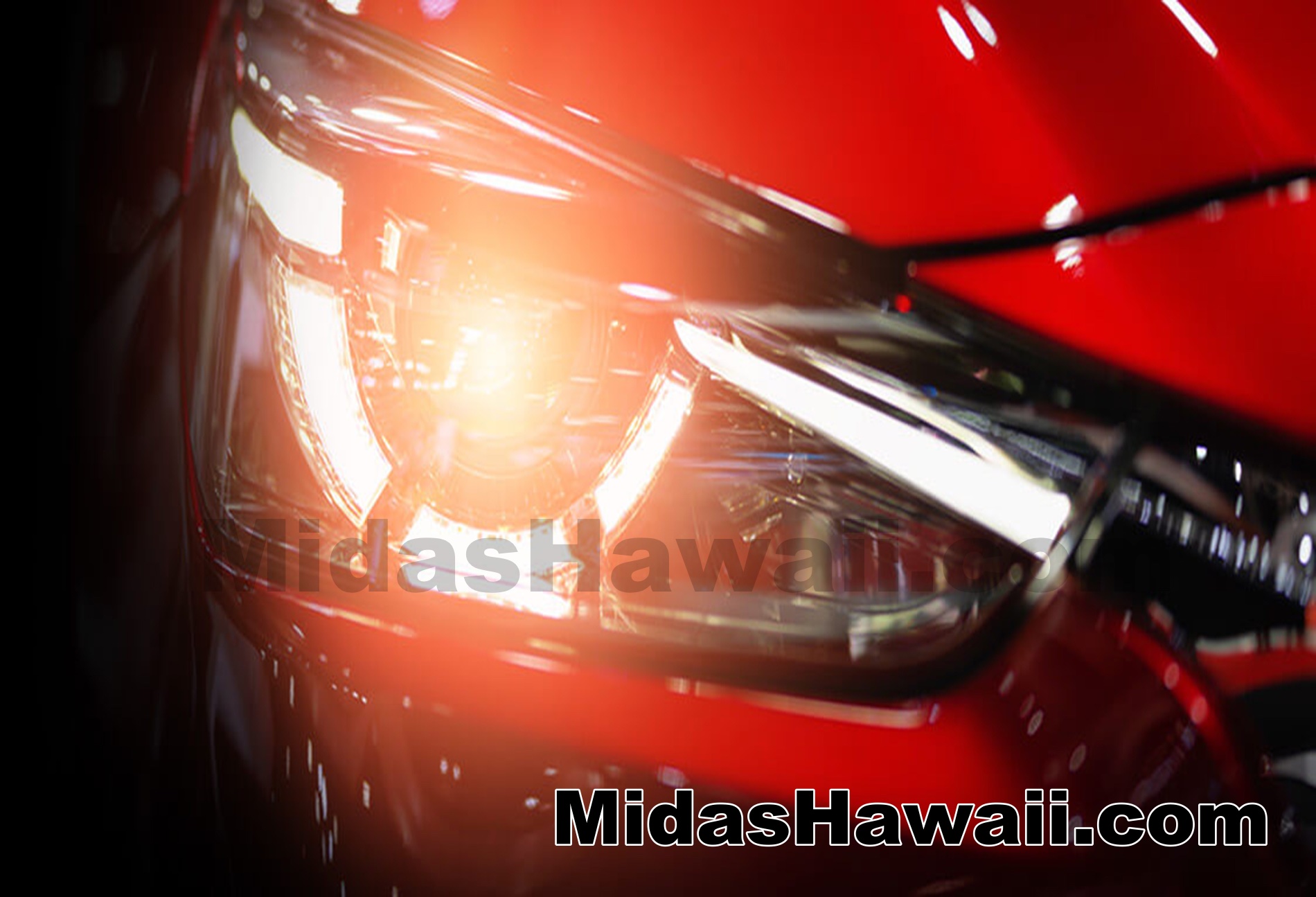Windshield Wipers
- Tweet
Back to the top
FAQ LEGEND
Back to the top
Windshield Wiper Replacement Questions
- A. Turn on windshield wipers.
- Cringe at the sound of worn wiper blades scraping across your windshield.
- Squint at the streaks left on your windshield.
- Promise yourself a new set of wipers the very next time you're out.
- Forget about it until the next time it rains.
- Repeat.
How about switching to a Midas maintenance routine? We'll take a look at your wipers as part of every Midas Touch Courtesy Check1, and can replace them before they squeak.
Are your wipers whining right now? Break the cycle before the rainy season hits. Request an appointment today.
A. Replace your windshield wipers when they no longer effectively clear your windshield view (quietly). In addition to the distracting noises an aging wiper can make, a windshield obscured by water, dirt, or streaking can be a safety hazard. Severely worn-out windshield wipers can even scratch your windshield. Here are some signs that it's time for new wipers:
- Dirt, debris, or streaking left behind on the windshield - Your wipers are no longer doing their job of clearing your view of the road. The rubber edges are damaged, or the blade assembly is misaligned.
- The sound of rubber on glass - That squeak, squeal, or whine is the drag of your wiper blades because they're weighed down with debris, or they've become too stiff to glide smoothly across the glass surface.
- Chattering sound - That sound is your wiper blade failing to make full contact with your windshield. If your windshield and wipers are clean, the chattering sound means your wiper arm is bent (or the blade is too stiff). If you can't adjust the wiper to restore full contact, it's time for a replacement.
- Wiper blades skipping across the windshield - Another sign of stiffening rubber or a misaligned blade assembly.
- Visibly peeling or fraying wipers - Replace them now before they scratch your windshield!
A. Depending on your driving conditions, most windshield wipers provide good performance for a few months, and wear out within a year of use. Some factors that will age the metal and rubber in your wipers:
- Airborne enemies - Like many parts of your vehicle, windshield wipers can be degraded over time from exposure to engine exhaust, acid rain, and salt (from sea air or winter road de-icing).
- Ultraviolet light (UV) - UV exposure can stiffen, crack, and degrade rubber. A stiff or brittle rubber edge will not maintain smooth, quiet contact with your curved windshield.
- Temperature changes - Rubber contracts in hot weather and becomes brittle in cold weather.
- Time - Even in perfect conditions, rubber quality deteriorates over time.
A. Here are some best practices to keep your windshield wipers working better, longer:
- Keep your wipers clean. Clean your windshield wiper blades once a month with rubbing alcohol. You can also try running sandpaper over minor imperfections in the rubber, but once they're damaged enough to leave streaks, replace them.
- Keep your windshield clean. Wash your windshield regularly, and always remove any visible dirt or debris before driving. Operating your wipers over an uneven surface can ruin the rubber edge. The wipers will leave streaks on your windshield until you replace them. (For the same reason, never use your wipers to help de-ice the windshield. An icy windshield is a very uneven surface.)
- Don't make your wipers work too hard. Always clear your windshield and wipers of accumulated snow, slush, and ice before starting your vehicle. Forcing your wipers to push against extra weight can bend the blade assembly. (For the same reason, consider dedicated winter wipers if you live where it snows. Their design encourages snow and ice to slide off your wipers instead of accumulating between the metal parts. And they're made of rubber formulated to stay supple in colder weather.)
- Tip: Prevent snow and ice accumulation by lifting your wipers away from your windshield when snow or ice is in the weather forecast. This also prevents your wipers from freezing to the glass.
- Slow down rubber breakdown. Keep your vehicle in a climate-controlled shelter as much as possible. Very hot and cold temperatures can weaken the rubber wiper blades. Failing that, park in the shade whenever possible to avoid UV exposure.
A. Windshield wipers should be inspected at least every six months and replaced at least once a year. (Getting new wipers twice a year allows you to take advantage of dedicated winter wipers.) Between inspections, clean your wiper blades with rubbing alcohol once a month.
A. A squeegee that's free of streak-causing imperfections -- and flexible enough to maintain contact with the curved shape of your windshield in any weather. But don't worry. Every Midas Touch® Courtesy Check1 includes a windshield wiper inspection, and you can always book an appointment if you're concerned about your wipers.
- Midas Touch Courtesy Check includes visual checks of brakes, battery, air filter, fluids, belts, and hoses.↩
A. If both wipers were installed together, they should be replaced together because they're wearing out at roughly the same pace. Even if one wiper appears to be in better shape, its rubber has endured the same temperature changes and driving conditions as its twin. It'll probably show visible wear soon. And who wants to keep track of different replacement cycles for each wiper?
ref no:34707
Please send questions about this website to webmaster
Terms of Use / Legal Disclaimer / Privacy Statement
Site Designed and Managed by MacBusiness Consulting

